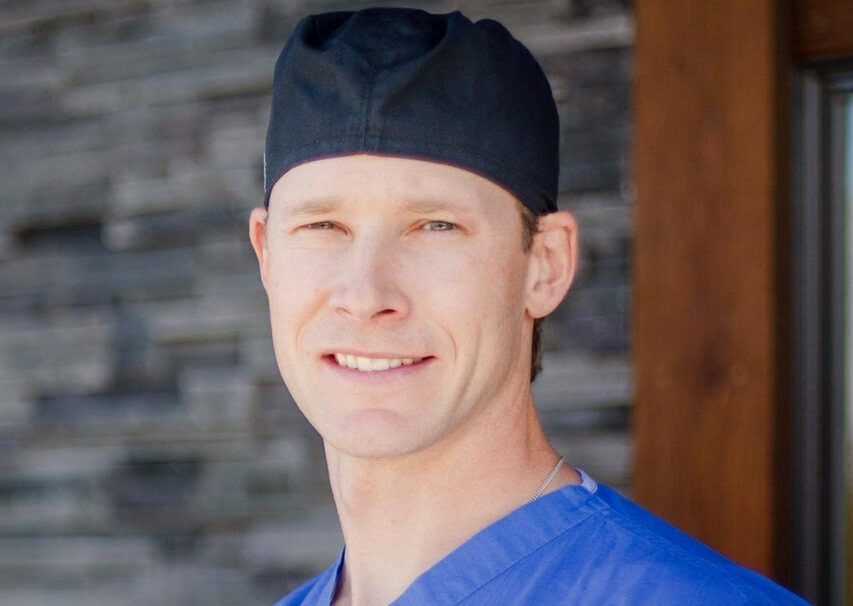Bend, Oregon
Dr. Paul Long didn’t set out to become a vascular surgeon. “I knew I wanted to do surgery,” he says, “but I didn’t have a specific specialty picked out.” During his general surgery residency at Baylor Scott & White Health in Dallas, Texas, he was drawn to vascular surgery for a combination of reasons: the innovation, the hands-on skill, and personal experiences that hit close to home.

“I was drawn to vascular surgery because it is a specialty that still has a lot of innovation happening with all the endovascular procedures, aneurysm repairs, and less invasive work being done,” he says. “At the same time, the traditional carotid endarterectomies and open vascular surgery still require a lot of precision, skill, and feel for the tissue. That’s still at the root of surgery, so to speak.”
Dr. Long also appreciated the challenge. “If you ask most surgeons what their biggest worry is when they’re operating, it’s usually getting into bleeding,” he says. “I figured, if I got comfortable handling blood vessels and bleeding, I’d feel more confident in any scenario.”
As importantly, Dr. Long had personal reasons for getting into vascular surgery, too. “One of my grandfathers had an aneurysm repair and a stroke. That stuck with me,” he says.
“Maybe they haven’t walked without pain in years. They’ve stopped doing hobbies, stopped being active. People think it’s arthritis or aging, but it’s actually poor circulation.”
Dr. Long
The Rewards of the Work
Today, Dr. Long is a partner at Oregon Vascular Specialists in Bend, Oregon, where he and his colleagues treat patients from across a wide region east of the Cascade Mountain range. “A lot of our patients are older, and many come to us with serious limb issues or wounds that haven’t healed,” he says.
The most rewarding part of the job, he says, is seeing someone regain something they thought they’d lost. “Maybe they haven’t walked without pain in years. They’ve stopped doing hobbies, stopped being active. People think it’s arthritis or aging, but it’s actually poor circulation. When you fix that and they realize they can move again, walk again, it’s like giving them their life back.”
Embracing Innovation
Dr. Long is also deeply engaged in clinical innovation. Currently, his practice is participating in a clinical trial for bioabsorbable below-the-knee stents, an advancement he hopes will lead to better long-term outcomes for patients with tibial disease (disease affecting the the blood vessels in the lower leg that supply blood to the feet and toes).
When it comes to bringing new tools into his practice, he takes a hands-on approach: attending conferences, meeting with device reps, and staying in close contact with the companies behind emerging technologies. “Once you’ve had some exposure,” he says, “it’s a matter of getting tutorials, asking questions, and seeing if it makes sense to integrate into your workflow.”
Life Outside the OR
Outside of work, Dr. Long and his wife stay busy raising their two children and enjoying all that Central Oregon has to offer. “We moved to Bend for the lifestyle—hiking, skiing, baseball with my son,” he says. They stay active with friends and their church community, and even after five years, he says it still feels like they’re discovering new corners of the state. “It’s kind of fun feeling like a tourist in your own home,” he says.
